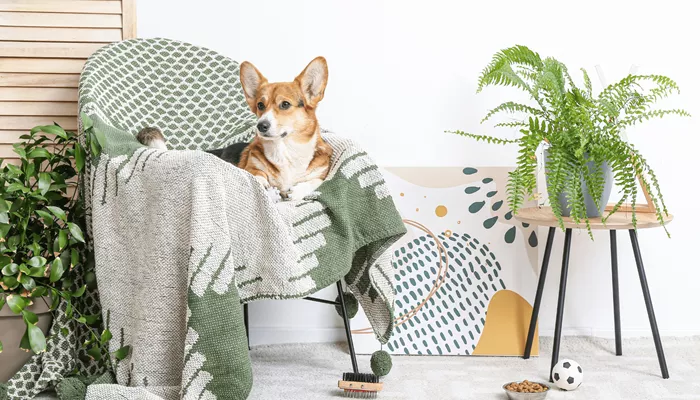As we approach Easter, Mother’s Day in the US, and numerous birthdays, gifting flowers or plants is a thoughtful gesture. However, it’s crucial to ensure that these gifts are safe for pets, as some plants can be toxic and cause serious health issues.
If you’re planning to give someone special a bouquet or plant, consider the following pet-friendly options recommended by Dr. Sean McCormack, head vet at Tails:
- Sunflowers: Brighten up any space with these cheerful flowers, safe for both cats and dogs.
- Marigolds: Add a pop of color with these vibrant flowers, which are safe for pets.
- Chinese Money Plant: Known for its air-purifying qualities, this plant is a great choice for pet owners.
- Rattlesnake Plant: A stylish and safe addition to any home.
- Spider Plant: Easy to care for and non-toxic to pets.
- Pansies: These colorful flowers are safe for dogs and cats.
- Bird’s-nest Fern: A beautiful, pet-friendly option for indoor spaces.
- Orchid: Elegant and safe for pets, making them a popular choice.
- Zinnias: Vibrant and non-toxic, perfect for gardens or indoor arrangements.
- Fishbone Cactus: A unique and pet-safe plant for any setting.
On the other hand, there are several plants and flowers you should avoid due to their toxicity:
- Hydrangeas: These flowers contain cyanogenic glycosides, which can release cyanide when ingested, causing symptoms like diarrhea and vomiting.
- Daffodils: Highly toxic to dogs, especially the bulbs, which contain lycorine and other harmful compounds.
- Carnations: Mildly toxic to dogs, causing vomiting and diarrhea due to irritants in the petals or stem.
- Lilies: Extremely toxic to both dogs and cats, potentially leading to kidney failure and seizures.
- Tulips: Moderately toxic to dogs, causing stomach irritation and symptoms like drooling and vomiting.
- Roses: While not toxic, the thorns can cause injuries, and dethorned roses may still upset sensitive stomachs.
If your pet ingests any of these toxic plants, monitor them closely and consult your vet immediately. Other risky options include azaleas, hyacinths, amaryllis, chrysanthemums, and baby’s breath.


